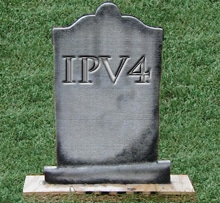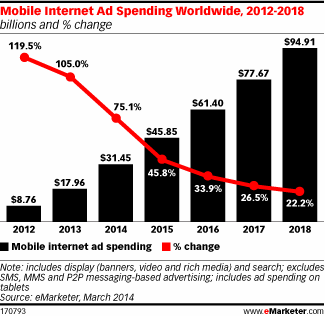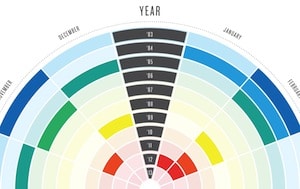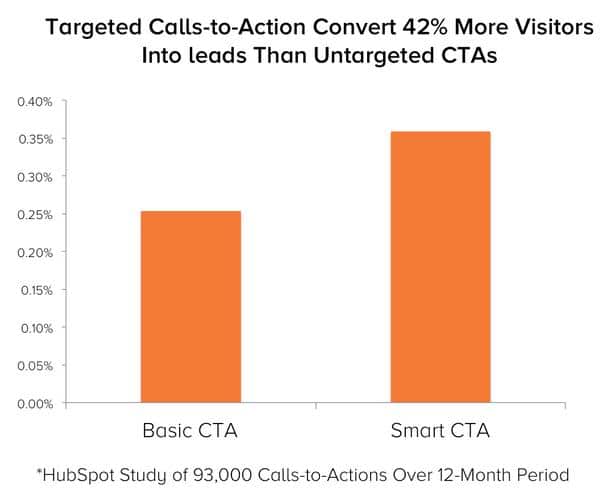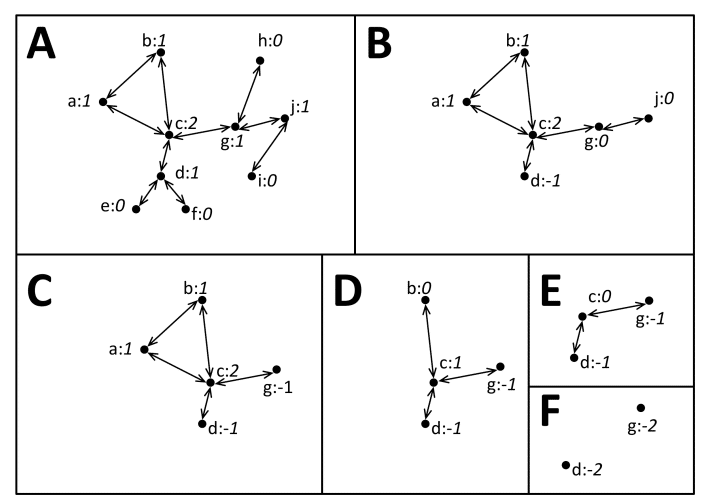Every available Internet protocol address has now been spoken for.
On February 3, it finally happened: the clock ran out on the Internet as we know it. That was the day that the stash of Internet protocol addresses that are used to identify and locate computers connected to the Internet—the telephone numbers of the online world—was exhausted.
The problem is that the current system for IP addresses, IPv4, uses numeric addresses that are 32 bits long—giving a total of just over four billion potential numbers, which must have seemed like a lot when IPv4 was introduced in 1981. But there are now seven billion people on Earth, and more and more of them—and their devices—are going online all the time. Fortunately, engineers realized the limitations of IPv4 a long time ago and lined up a successor, called IPv6, in 1998. (IPv5 was an experimental system that never went public.)
IPv6 uses 128 bits rather than 32, producing a pool of numbers that is staggeringly huge—some 3.4 x 10 to the 38, or 48 octillion addresses for every person on Earth. The trouble is that although most servers and all major operating systems have adopted support for IPv6, Internet service providers have been agonizingly slow to follow suit.
For ISPs, it’s a straightforward business dilemma: the two addressing schemes are not directly compatible, which means it would take a significant investment to let IPv4 users connect to IPv6 services. And having relied on the same system for as long as 30 years, they may not feel the need to change.
Read more at Technology Review.

